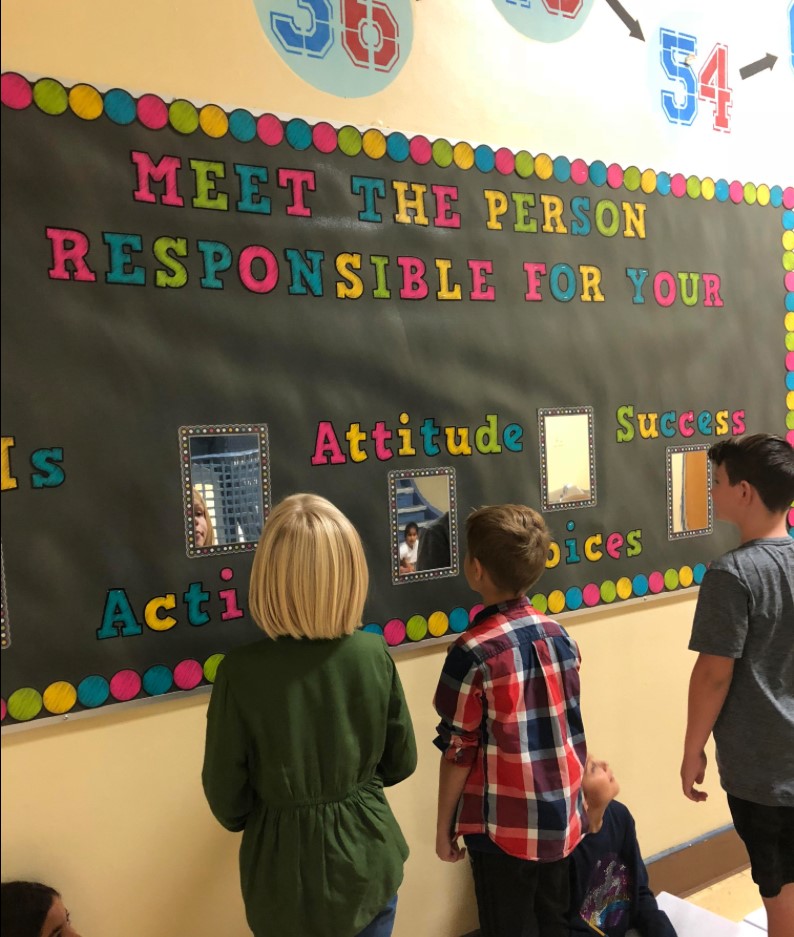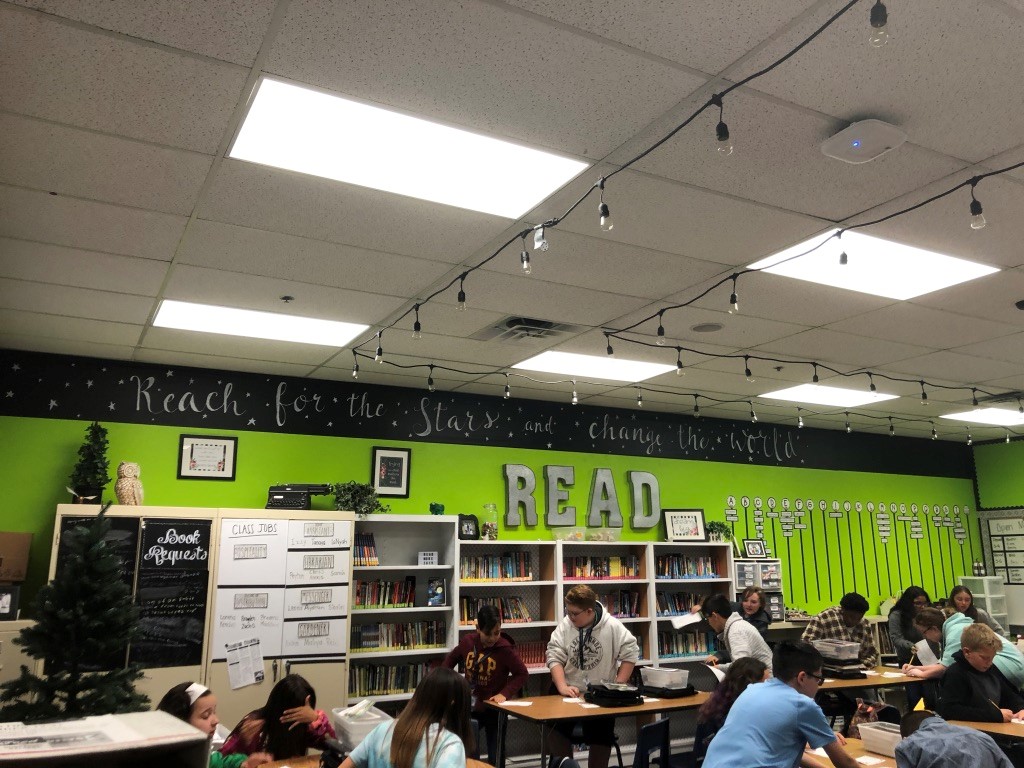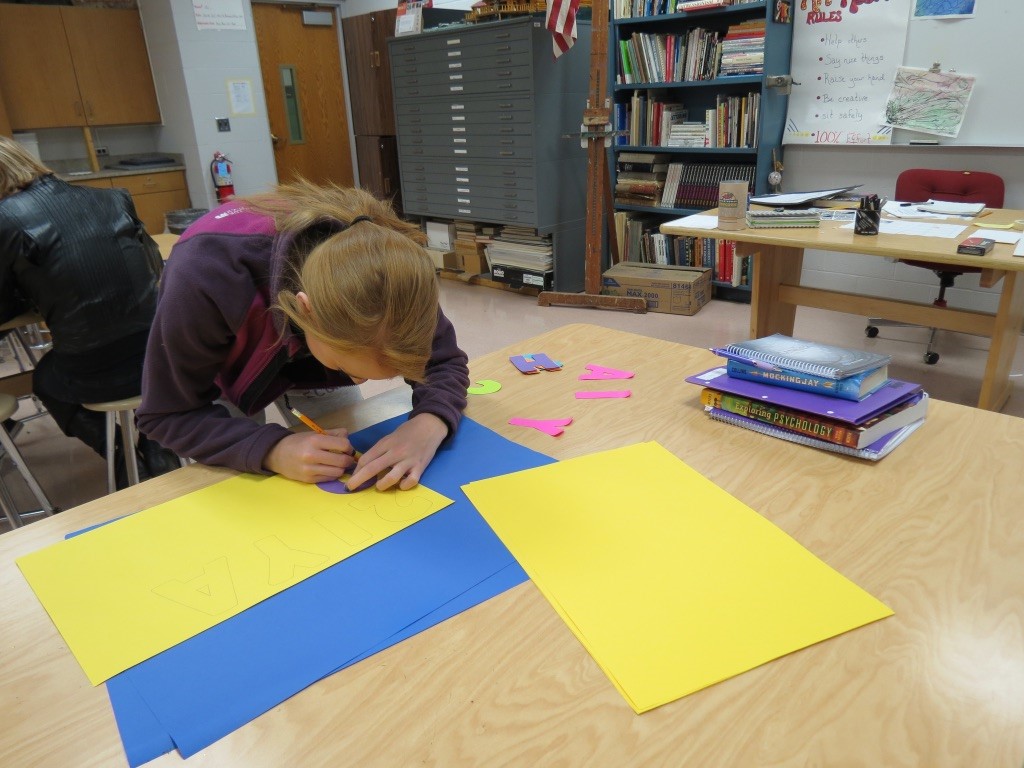With just two or three to short months left in the school year (filled with testing and the dreaded rush to the finish line), now is a great time to reflect as school administrators and to prepare for the next year. What do climate and culture look like in your school building? Do educators feel valued and empowered? Do learners feel safe and engaged? What do arrival and dismissal look like at your school?
My high school principal, Mr. Maxwell, greeted us and held the door for us every day, rain or shine. He had an open-door policy where learners could talk with him whenever needed. Mr. Maxwell embodied everything it meant to be a strong leader and a culture and climate guru. As school leaders, we must set the tone for climate and culture in our building. How educators, learners, and parents/ community members feel when they enter the building is an instant gauge of the climate and culture created. How do you ensure you’ve created a great climate and culture? I’ve created and trademarked an acronym to help establish a warm and loving climate in your school.
As school leaders, we must set the tone for climate and culture in our building.
Climate is a work of HEART™.
Have clear expectations and procedures.
Do learners and educators know routines? What are the expectations for arrival and dismissal? Where do they go for fire drills? What happens if a fire alarm occurs during lunch? Who do they contact when they need a specific form, urgent help, a new computer, etc.? Humans thrive in clean, organized, and routine environments. This starts the moment they set foot on campus. How does the front entrance to your campus look? How about the front hall? Is the lawn manicured? Trash is all in the bins (but not overflowing)? Are there comfortable seats, and is learner work showcased in the hallway entrance?

This is all part of expectations and procedures. Ideally, expectations and procedures are modeled the first day educators and learners enter the building and reinforced with our actions and words the rest of the year. Have a plan (and at least one contingency plan) for everything. When there are clear expectations, and evident time put into planning for all possibilities, everyone feels safer, and you save time and energy in the long run.
Empower learners and educators to own their environment and education.
Agency of learning, and agency of the learning environment, go hand in hand with engagement. If educators and learners are engaged, productivity increases, stress diminishes, and goals are achieved. This is a practice of invitational learning. If learners feel that their voice matters, if learners see that they have a say in where they sit, how they sit, and whether they sit, they have ownership. Giving learners choice boards, options that respect their multiple intelligences, Essais, etc. shows that you respect your learners. This encourages learners to own their choices and to own their learning. With great power comes great responsibility. Watch your learners rise to the occasion. More often than not, when learners are given the power and respect to manage themselves and their choices, they don’t want to lose it. They will go above and beyond to ensure that others don’t lose them this opportunity, as well.

As learners get older, research has found, “that when a student’s self-efficacy drops, disengagement in school increases” (Anderson et al., 2019). Empowering learners to think for themselves, to make choices on how and where they learn, and with whom, increases engagement. And since we know there is a link between engagement and dropout rates, engagement is not only paramount, but learner and educator empowerment is critical. As the administrator, there is an added importance of empowering your educators, as well. Provide meaningful and timely professional development. Encourage educators to bring ideas for positive change to the table. Allow educators to voice their fears and challenges without judgment. Empowered learners and educators make powerful impacts.
Allow room for growth and grace.
Allowing learners the grace to fail forward, and to learn and grow from a choice, is how we prepare them for success in their future. They might think twice before snuggling in their bed whilst working from home someday…
I had a learner who fell asleep on the bean bag in class one day. No one was allowed to wake him. When the next period class came in, while greeting my precious gems at the door, I asked them to be as quiet as possible and to not wake him. Five minutes into class, he woke abruptly. I first asked if he was alright. He let me know that soccer practice ran late the night before, and he had just gotten done with running the mile in gym class. I thanked him for letting me know. I then asked about his choice of where he sat for the class that day. He said that it was not the best decision, and in the future, if he is tired, he should not choose such a seat. I told him that was a great idea, and I looked forward to him making better choices.

Learners will stumble. They are kids. It is our job as an adult and as the teacher to teach them how to make choices correctly. However, lining everyone in rows, in assigned seats, in twenty-five of the same desk-chair combo does not help them to learn decision-making. It makes them compliant. We are not preparing learners for the assembly line anymore. We are preparing learners for a future at Google, Apple, or an open-space work environment, or to work from home. They have to learn now, and we have to give learners this opportunity. That learner didn’t sit in the bean bag for the rest of the year. He knew that after gym he was a little sleepy, and that wouldn’t be the best spot for him. Don’t ever hesitate to commend learners for making the right decision, either. Respect is a two-way street. Examining this in observations is critical. Do not confuse compliance with engagement, and challenge your educators to try it out. But remember, educators need growth and grace, too. When trying new things, if it doesn’t work, we need to ask, “What will you do differently the next time”? It’s all about reflection in the post-observation and allowing educators to speak freely without fear.
For some of our learners, school is the safest and happiest place in their lives.
Refrain from negatives.
For some of our learners, school is the safest and happiest place in their lives. Make it a great one. Some administrators dress up as the elf on the shelf, wear wacky suits around the seasons and holidays, and bring joy into their buildings. Be the light! We burn more calories when we smile. Do you ever notice that when you’re happy the day seems a little lighter? Play your favorite school-appropriate jam over the intercom during passing time. Dress in some brighter colors. Brighten a learner’s day by smiling at them and letting them know you’re happy they’re there today. Genuine positivity works wonders. I used to grade only what was right in glitter pens or highlighters (never a red pen). Stars all over the papers.
Rita Pierson, one of my favorite teachers, says “you see, minus eighteen sucks all the life out of you- plus two says I ain’t all bad”. This same, brilliant educator is also the one who reminds us, “you know, kids don’t learn from people they don’t like”. Every rule should be a positive, too. What a difference “please arrive on time and ready to learn” makes instead of “do NOT be late”. One summer I read, The Promise of a Pencil: How an Ordinary Person Can Create Extraordinary Change. Adam Braun’s titles for each chapter were mantras. These mantras became our code of conduct for class that year. While there are thirty chapters, we focused on ten. Some included: “Change your words to change your worth”, “Fess up to your failures”, and “Make your life a story worth telling”. The power of positivity is a strong one. Our actions, our words, and our behaviors can make or break a learner’s or educator’s day, week, month, or year. Staying positive, and putting rules and behaviors in a positive light take away the heavy.

Treat every learner as if they were going to Harvard.
This one is very personal to me. We all remember our favorite teachers. However, we also very much remember our worst, and oftentimes, more vividly. In my junior year of high school, I was taking AP Composition. We were in small groups reviewing AP questions. When the teacher walked by, I said that I was nervous about the AP exam. She shrugged and said, “Why? It’s not like you’re going to Harvard”. As she walked away, I shrugged it off. But like any throw-away comment ever made, these are the ones that are like detonators in our brains. We rotate over them. We say them over and over, and soon, they explode. What if Harvard was my dream school? What if that was the only school in which I was planning to apply? What if my entire bedroom at home was decked in crimson, black, and white? I passed the class and I passed the AP, but I couldn’t stand the class or the teacher. I think, subconsciously, it’s why I journeyed down the path of becoming a high school English educator. And, every year, I started the year by letting my learners know that I believed in them and I would teach them as if every one of them were going to Harvard. Because if that’s where they wanted to go, I was going to do everything in my power to be their cheerleader. This cheerleading and love of every single one of my precious gems led to our success- high passing rates, zero referrals, and a deep sense of fulfillment and pride every single day. As the building leader, you have to be the cheerleader and advocate for your learners and educators. You set the tone for the value you place on your people above anything else.
You can’t fake authenticity. It’s in you, or it’s not. If it’s not, your learners and educators will see right through it. But if it is, this is what creates a positive climate in your environment. Creating a warm and inviting environment does not mean there are no rules. It does not mean a loss of control. It does not mean you’re the administrator who’s every learner’s (or educator’s) friend. Quite the contrary. People need structure, and for classroom management, a positive climate, and the acquisition of knowledge to ensue, you need to have HEART.
References:
- Anderson, R. C., Graham, M., Kennedy, P., Nelson, N., Stoolmiller, M., Baker, S. K., & Fien, H. (2019, January 24). Student agency at the crux: Mitigating disengagement in middle and high school. Contemporary Educational Psychology. https://www.sciencedirect.com/science/article/abs/pii/S0361476X1830136X
- Braun, A. (2015). The promise of a pencil: how an ordinary person can create extraordinary change. Simon & Schuster.
- Ford, D. Y. (2010). Multicultural issues: Culturally responsive classrooms: Affirming culturally different gifted students. Gifted Child Today, 33(1), 50-53. https://doi.org/10.1177/107621751003300112Pierson, R. (2013, May). Every kid needs a champion. Rita Pierson: Every kid needs a champion | TED Talk. https://www.ted.com/talks/rita_pierson_every_kid_needs_a_champion

